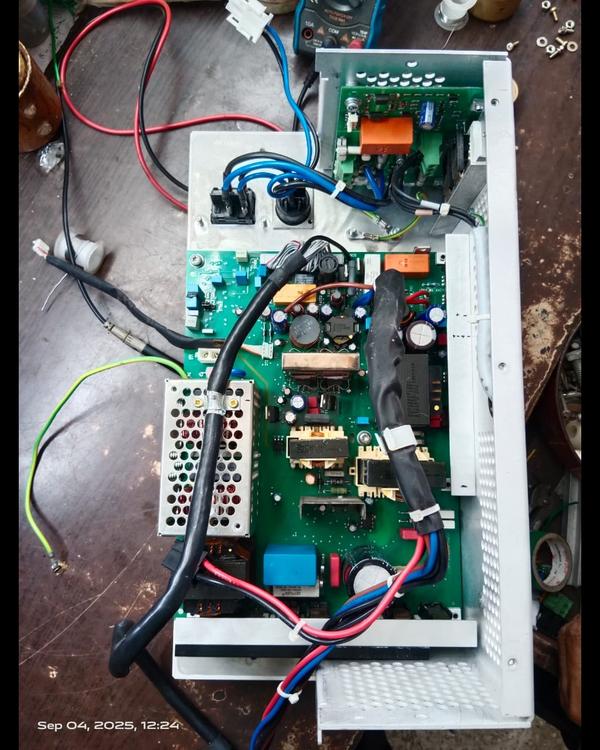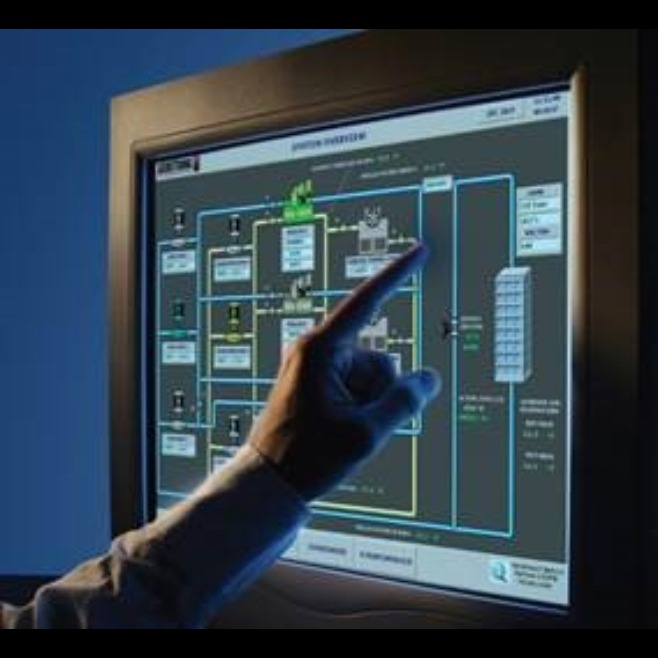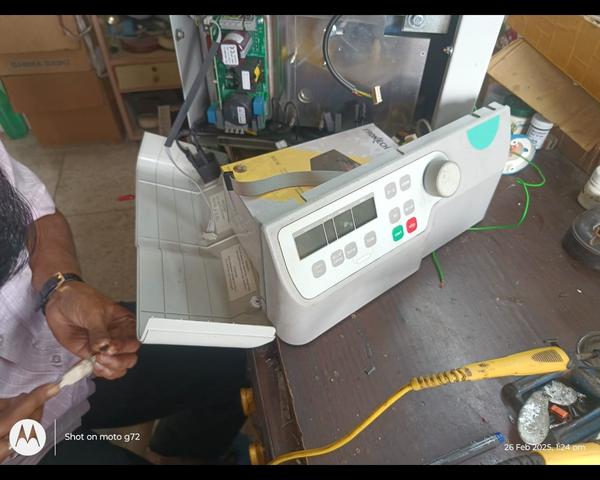
HMI Repair Services at (Chip- Level) in West Ben...

HMI (Human Machine Interface) Repair Services at Chip-Level refer to the advanced diagnostics and repair of HMI systems by directly addressing faults on the circuit board components, rather than replacing entire modules. These services require a high level of technical skill and specialized equipment to identify and repair damaged ICs (integrated circuits), transistors, capacitors, and other microelectronic components. Key Features of Chip-Level HMI Repair: Component-Level Diagnostics Technicians perform in-depth analysis using tools like multimeters, oscilloscopes, and logic analyzers to pinpoint faulty chips or circuitry. Cost-Effective Solutions Chip-level repair is often more economical than replacing the whole HMI unit, especially for high-end industrial or custom HMIs. Minimizes Downtime Efficient repair of damaged components helps restore operations quickly, which is critical in industrial environments. Environmentally Friendly Repairing devices instead of discarding them helps reduce electronic waste. Common Issues Addressed: Burnt or damaged ICs Failed touch screen controllers Power supply circuit failures Communication port issues (e.g., RS232/RS485) Broken backlight circuits or display failures Tools and Techniques Used: BGA rework stations Hot air rework tools SMD soldering/desoldering stations Microscope-based inspection Firmware reprogramming tools Applications: Chip-level HMI repair is widely used across sectors like: Industrial automation Manufacturing Transportation systems Medical equipment Conclusion: HMI Repair Services at Chip-Level are crucial for extending the life of expensive industrial interfaces, reducing operational costs, and ensuring minimal disruption to automated systems. This service demands skilled technicians with a deep understanding of electronics and precision tools.
Subscribe for latest offers & updates
We hate spam too.


